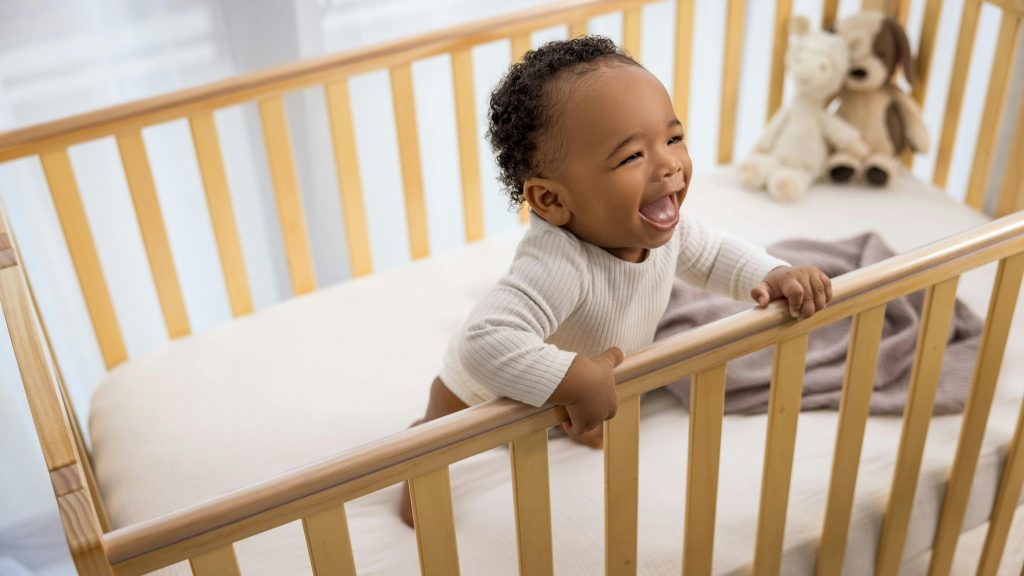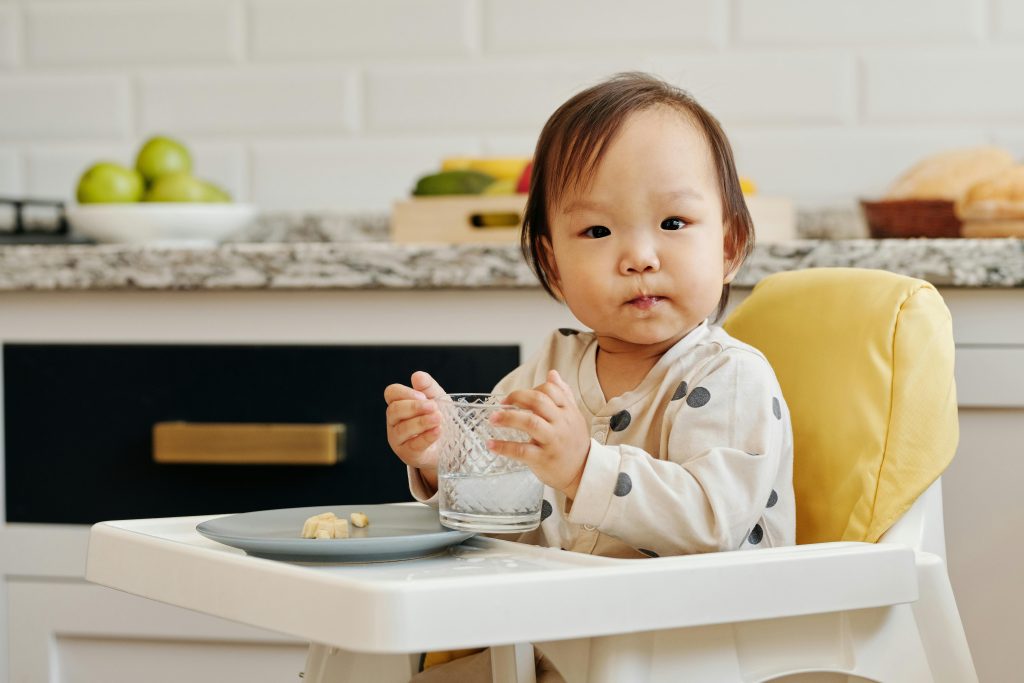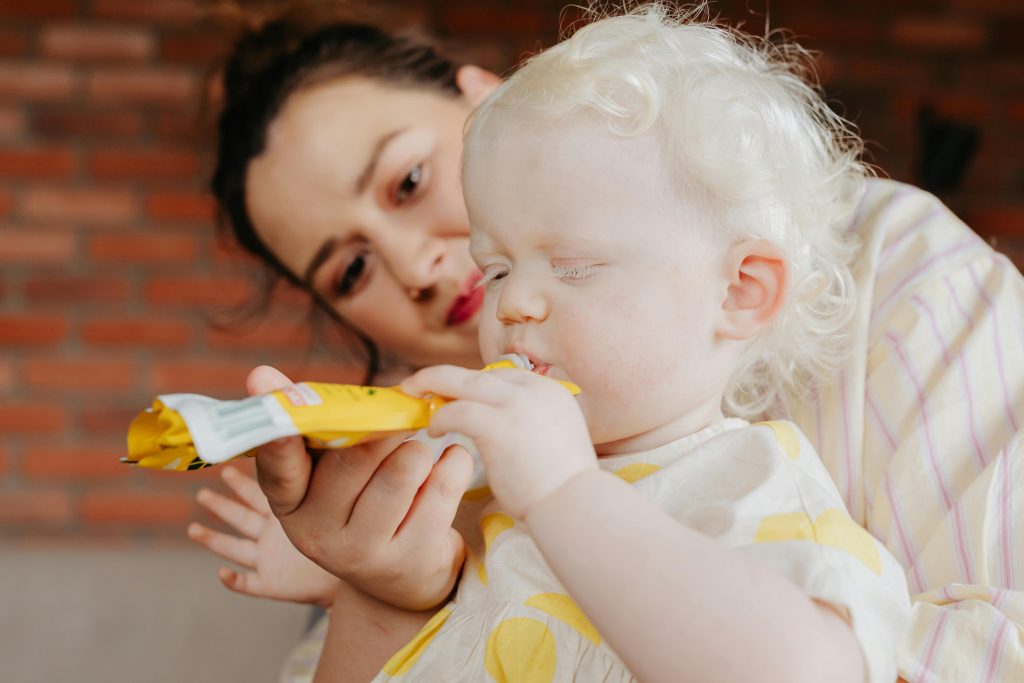
Welcoming a new baby into your life is one of the most joyful experiences, filled with anticipation and excitement. Yet, along with the joy comes the realization that your world—and your home—needs to adapt to accommodate your little one. Babyproofing your home is an essential step in ensuring your child’s safety as they begin to explore their environment. In this guide, we’ll cover the practical steps you can take to babyproof your space effectively, turning it into a safe haven for your growing family.
Understanding the Need for Babyproofing
Every parent knows that babies are curious creatures. As they start to crawl, cruise, and eventually walk, their curiosity takes them to every nook and cranny of your home. The need for babyproofing arises from the inherent risks associated with this exploration, which can lead to accidents and injuries if not managed correctly.
Accidental Injuries: Facts and Figures
- According to the World Health Organization, about 250,000 children aged 0-14 years die due to unintentional injuries each year, many occurring in the home.
- The American Academy of Pediatrics suggests that most injuries happen during normal activities, making home safety paramount.
These statistics highlight the importance of proactively creating a safe environment for your child.
Assessing Risks: A Room-by-Room Evaluation
The first step in babyproofing your home is to evaluate each room for potential hazards. Here are some common risks associated with different areas:
Living Room Safety
- Sharp Edges: Coffee tables, entertainment centers, and other furniture can have sharp corners.
- Solution: Use corner guards to soften the edges.
- Cords and Cables: Loose electrical cords can pose a strangulation hazard.
- Solution: Organize and secure cords using cable ties or cord covers.
Kitchen Safety
- Hot Surfaces: Baby may reach for hot appliances like stoves or microwaves.
- Solution: Use stove knob covers to prevent accidental access.
- Cleaning Supplies: Many cleaning products are toxic and should not be accessible.
- Solution: Store all cleaning chemicals in high cabinets or locked storage.
Bedroom Safety
- Furniture Stability: Children can climb on furniture, leading to falls.
- Solution: Secure heavy furniture to the wall using anti-tip straps.
- Crib Safety: Ensure your baby’s crib meets safety standards.
- Solution: Keep the mattress at the appropriate height and ensure no loose bedding is in the crib.
Bathroom Safety
- Water Hazards: Bathtubs and toilets can be sources of drowning.
- Solution: Always supervise your baby during bath time, and consider toilet locks.
- Medication Safety: Many common medications are dangerous if ingested by children.
- Solution: Store all medications in high cabinets, away from little hands.
Installing Safety Devices: Practical Solutions
After assessing the potential hazards in your home, the next step is installing safety devices that serve as barriers or deterrents. Here’s what you can consider:
Safety Gates
- Usage: Install safety gates at the top and bottom of stairs and in rooms where you want to limit access.
- Types: Look for gates that are hardware-mounted for better security, especially at the top of stairs.
Cabinet Locks
- Importance: Many of your cabinets contain items that can be harmful to children.
- Types: Opt for latch locks or magnetic cabinet locks for cabinets in the kitchen and bathroom.
Outlet Covers
- Why: Most electrical outlets pose a potential shock risk.
- Solution: Use outlet covers that fit snugly to prevent little fingers from poking into them.

Encouraging Safe Exploration
While babyproofing is crucial, it’s equally important to foster safe exploration. Here are some tips for guiding your little explorer:
Create Safe Zones
Designate areas where your baby can play safely. Use soft mats, pillows, or playpens to establish these zones. This allows them to explore while minimizing the risk of injury.
Offer Safe Alternatives
Provide toys that are appropriate for their age and safe to chew on. Look for BPA-free and phthalate-free options to ensure you’re providing a safe play environment.
Supervise Playtime
Frequent supervision is essential while your baby is exploring. Engage with them during playtime to create a safe and nurturing environment.
Your Baby’s Safety is Your Priority

Creating a safe home for your little one is not just about minimizing hazards but also about encouraging their growth and exploration. Babyproofing is an ongoing process as your child grows and their abilities change. Regularly reassess your home as your child develops new skills, and take proactive steps to adapt your environment accordingly.
Remember, safety is not a one-time task but a continuous commitment to your child’s well-being. Ready to start babyproofing? Gather your supplies, take a walk through your home, and transform it into a safe haven tailored just for them.
Call to Action: Have you babyproofed your home? Share your tips or experiences in the comments below!





